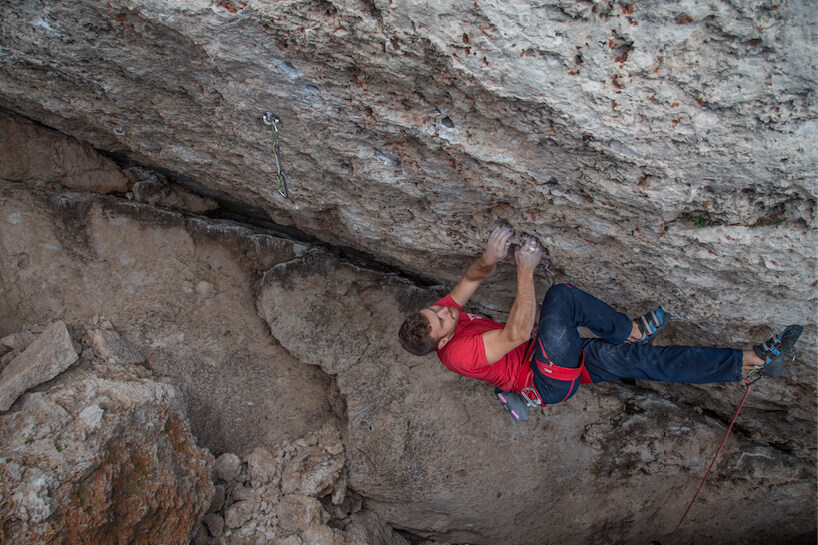If you are not a full time dirtbag or a professional climber, then chances are you have constraints on your time that can at times prevent you from climbing or training as much as you would like. While these “real life” concerns can be a drag, they don’t mean you cannot still progress as a climber and make serious gains through training.
To help you utilize your time most efficiently, here’s an article by Steve Bechtel of Climb Strong in which he organizes types of training into a hierarchy of training so you can prioritize doing the types of training that will produce the largest gains and only add in supplemental exercises if you have enough time.
“Yes, a well-progressed plan that involves recovery weeks, focused phases, and occasional peaks looks good on paper and might even work better in practice, but that’s not the world in which most of us live. Some coaches advocate a weekly template that is to be followed week after week with little variation. Again, it might work for a while, but what happens when things happen?”
“What is the most important training you can do? Obviously, do that first. What are the next most important, and the next? This is where things get muddled and confusing, and we have to start looking at what is going to provide gains…not just entertain.” – Steve Bechtel
Obviously, this does not mean its not still more effective to use a full training program with a variety of exercise. Bechtel has instead simply organized types of training in a way to allow you to prioritize more effectively.
Check out Bechtel’s full hierarchy of training and find out which types of training he thinks are most important by clicking through bellow. Remember it’s just as important to train smart as it is to train hard.
Click Here: The Hierarchy of Training for Rock Climbing
(link no longer available)
(photo courtesy of Savannah Cummins / @sav.cummins; climber: Matt Pincus; climb: Single Cell 5.13b, The Wild Iris, Lander, WY)
Other Articles You Might Like:
- Time Management: Maximum Sending, Minimum Time
- TBP 036 :: Steve Bechtel Interview #2
- Good Quality Training with Steve Bechtel
- Joe Kinder: “Training Works” – Evening Sends






Leave A Comment